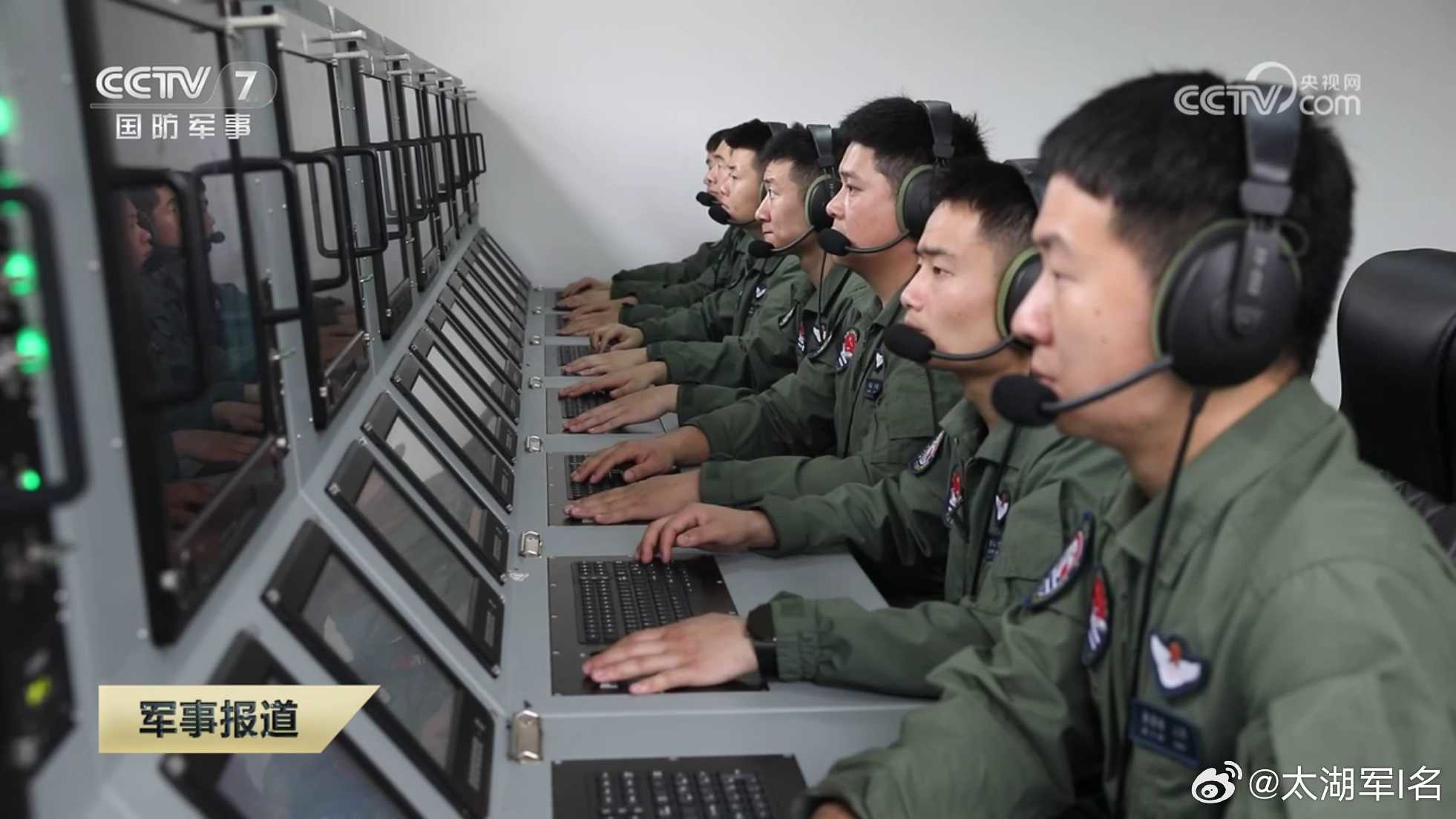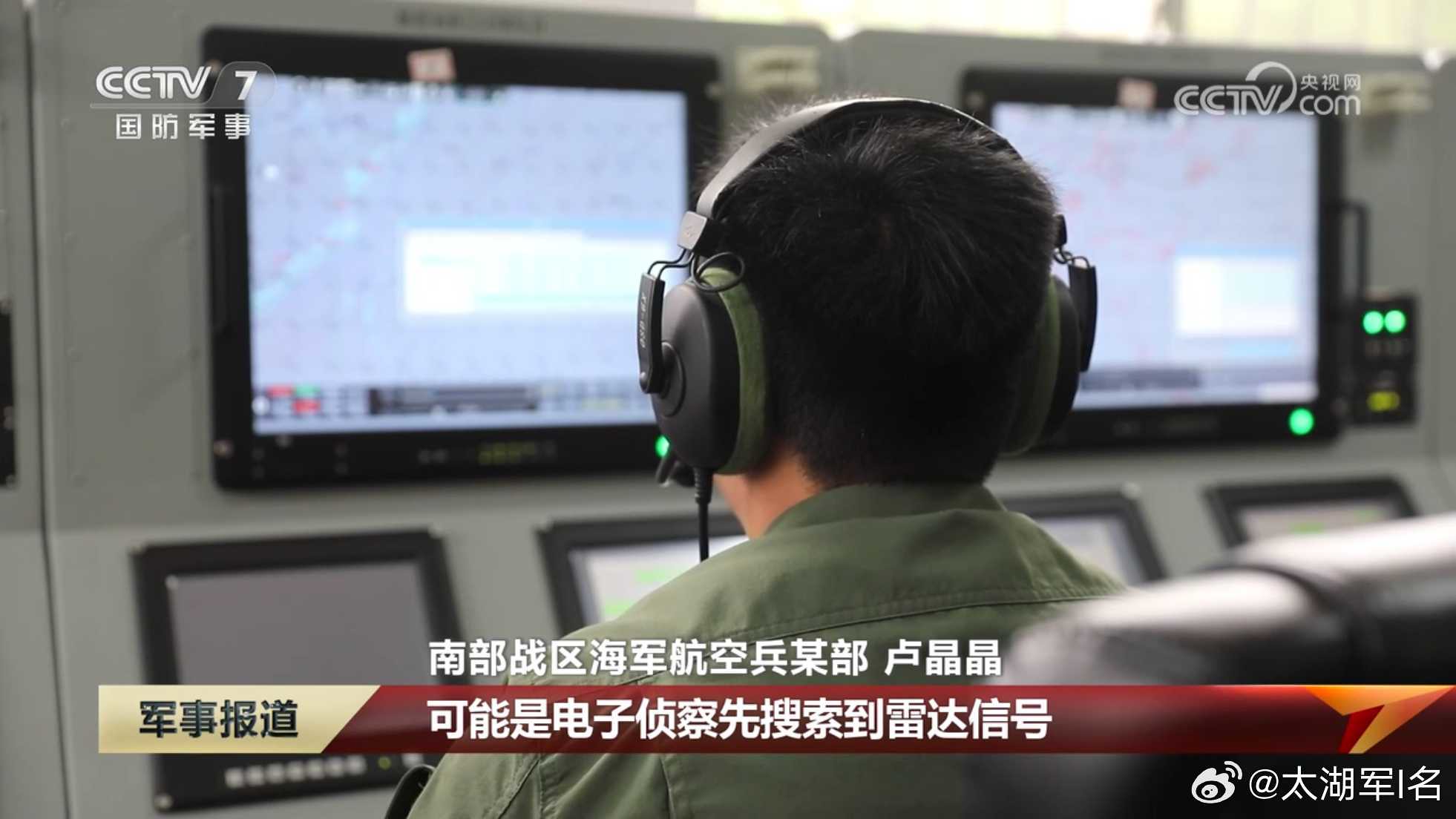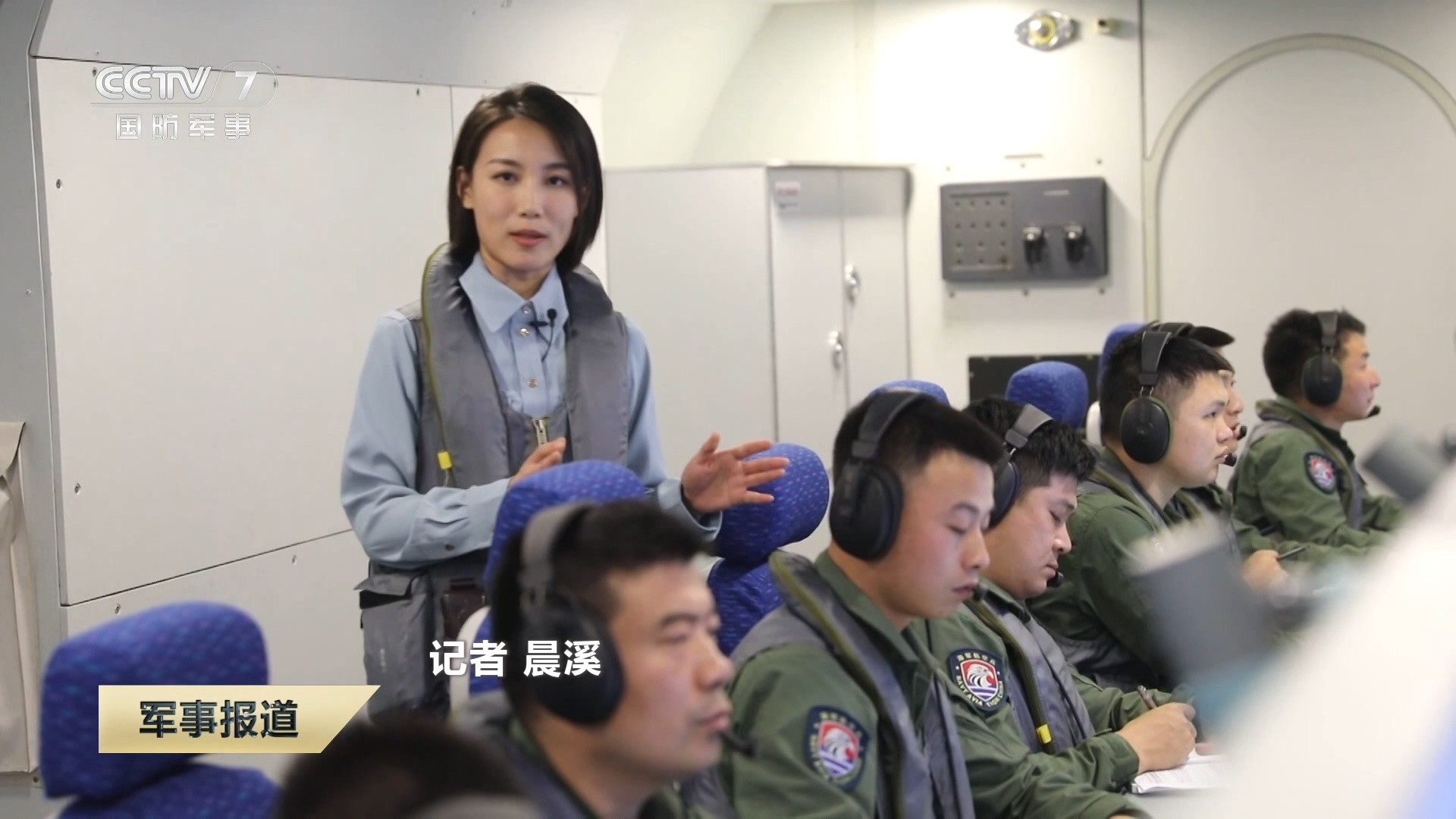Nvm...How many AEW&C are there in service with the PLAAF and PLANAF? It should have surpassed 50 right?
You are using an out of date browser. It may not display this or other websites correctly.
You should upgrade or use an alternative browser.
You should upgrade or use an alternative browser.
PLA AEW&C, SIGINT, EW and MPA thread
- Thread starter Sczepan
- Start date
According to this image, finally a clearer image of the PLAAF's new EW/jammer variant is available. Allegedly designated Y-9LG (GX-16?), it features a KJ-200 style balance beam PAR and ESM antennas are placed throughout the fuselage and on top of the vertical fin.
(Image via @太湖军I名 from Weibo)
View attachment 118293
Stupid question?
Is the radar still for surveillance or have they integrated a jamming capability to it? (Since it is AESA)
A much-awaited continuation from the C919.Since @Deino posted this on Twitter, I'd like to share it here too.
View attachment 107368
American counterparts for reference, according to variant:
01 - ASW maritime patrol aircraft - Boeing P-8 Poseidon
02 - ELINT and EW aircraft - Boeing RC-135
03 - AEW&C aircraft - Boeing E-7 Wedgetail
04 - Executive transport aircraft - Boeing C-32
All 4 PLA variants based on the C919 are definitely viable (since this is how most of the world does these kinds of platforms anyway), but we may have to wait until the late-2020s at the earliest to see them being realized, since there are still tons of stuff onboard the C919 that needs to be fully indigenized.
In the meantime, now we wait for the C929 to enter service in the 2030s at the earliest (very late, unfortunately)... So that China can have her own counterparts to the Boeing VC-25 presidental transport aircraft and the Boeing E-4 Nightwatch strategic C&C aircraft...
Hypothetical yet viable thought - What if China manages to fully indigenise the COMAC C929, and adapt the widebody jetliner for PLAAF usage?
CGI by @Astrosiren_深空海妖 on Weibo.
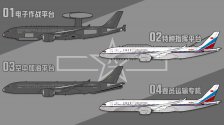
Foreign counterparts for reference, according to variant:
01 - EW and ECM aircraft - Kawasaki RC-2
02 - Advanced airborne command post aircraft - Boeing E-4B
03 - Aerial tanker - Airbus A330 MRTT
04 - Executive transport aircraft - Boeing VC-25B
Last edited:
A much-awaited continuation from the C919.
Hypothetical yet viable thought - What if China manages to fully indigenise the COMAC C929, and adapt the widebody jetliner for PLAAF usage?
Posted by @Astrosiren_深空海妖 on Weibo.
View attachment 118666
Foreign counterparts for reference, according to variant:
01 - EW and ECM aircraft - Kawasaki RC-2
02 - Advanced airborne command post aircraft - Boeing E-4B
03 - Aerial tanker - Airbus A330 MRTT
04 - Executive transport aircraft - Boeing VC-25B
2, 3 and 4 make sense. A widebody airliner airframe is of course very appropriate for being developed into separate variants for roles like a high end national airborne command post, tanker, and executive/presidential transport.
1 as depicted is a bit much.
They seem to have crammed in the roles of AEW&C, EW/ECM, GMTI/SAR all onto the same airframe (despite the rather innocuous description in Chinese), which while not impossible when using modern technology for a widebody, is a bit ridiculous, and those roles are probably better separated and delegated to narrow body civilian airliner platforms (i.e.: C919 sized) if they want a manned, jet powered aircraft fulfilling those individual roles.
Thanks a lot for the explanation!1 as depicted is a bit much.
They seem to have crammed in the roles of AEW&C, EW/ECM, GMTI/SAR all onto the same airframe (despite the rather innocuous description in Chinese), which while not impossible when using modern technology for a widebody, is a bit ridiculous, and those roles are probably better separated and delegated to narrow body civilian airliner platforms (i.e.: C919 sized) if they want a manned, jet powered aircraft fulfilling those individual roles.
So 01 is basically a "what-if" depiction of the Chinese-equivalent of the Northrop Grumman E-10 MC2A...
What would be the benefits of a C919 based tanker compared to the YY-20B? Priority should be on the AWAC and EW versions while the existing Y-9 airframe for ASW aircraft and Y-20 airframe for tankers would be more than sufficient for their roles.
?
There are no major benefits to a C919 based tanker. The airframe is too small to be an effective tanker.
No one is suggesting that C919 should be adopted as a tanker, but rather that C929 would be appropriate for it given it is a much larger aircraft.
As far as 04 is concerned, is it wise to place that large a contingent of Senior or Executive leadership on one aircraft?A much-awaited continuation from the C919.
Hypothetical yet viable thought - What if China manages to fully indigenise the COMAC C929, and adapt the widebody jetliner for PLAAF usage?
CGI by @Astrosiren_深空海妖 on Weibo.
View attachment 118666
Foreign counterparts for reference, according to variant:
01 - EW and ECM aircraft - Kawasaki RC-2
02 - Advanced airborne command post aircraft - Boeing E-4B
03 - Aerial tanker - Airbus A330 MRTT
04 - Executive transport aircraft - Boeing VC-25B
Nevermind; I see its an Air Force 1 equivalent.
btw, I don't think I saw this getting posted
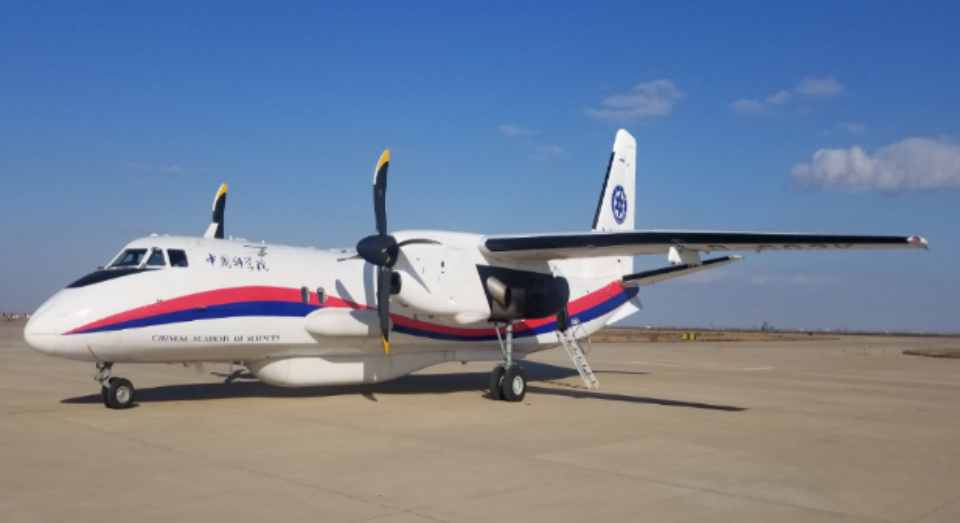
We have remote sensing version of MA60 here. Just a test platform right now, but a lot of sensors here
combines P L & VHF radar captured 4.6 TB of data on 7 trips. Also carries that huge SAR fairing, 3D Lidar & powerful camera.这是国际上首次开展基于航空平台的P/L/VHF三波段雷达联合冰川探测试验。
本次实验自3月20日启动,预计5月中旬结束。截至目前,已累计飞行11个架次,包括P/L波段层析成像和干涉成像飞行7个架次,VHF波段透视成像4个架次,获取有效数据4.6TB。同步开展了可见光和激光雷达对冰面的飞行观测,以及冰面机载仪器定标、探地雷达冰川厚度测量、超长视距三维激光点云成像等工作。
基于已获取数据初步分析表明,P波段和L波段合成孔径雷达(SAR)三维重建结果能够反映冰川表面高程的变化趋势,与航空三维激光雷达和地面勘测结果基本一致;VHF数据则提供了清晰的冰川剖面图,能够清晰的反映出冰面与大气、冰川与基岩的界面线,以及位于冰芯钻孔深度80米处的人工放置的电性异常体,剖面解释的深度与地面探测结果基本吻合。上述初步研究结果说明实验初步验证了对冰川特征的全面观测技术并获取了有效的数据,同时验证了P/L/VHF波段联合试验的可行性。未来,实验获取的数据将进一步在国家青藏高原科学数据中心开放共享,以促进冰川厚度及内部结构遥感反演方法的进一步发展。

